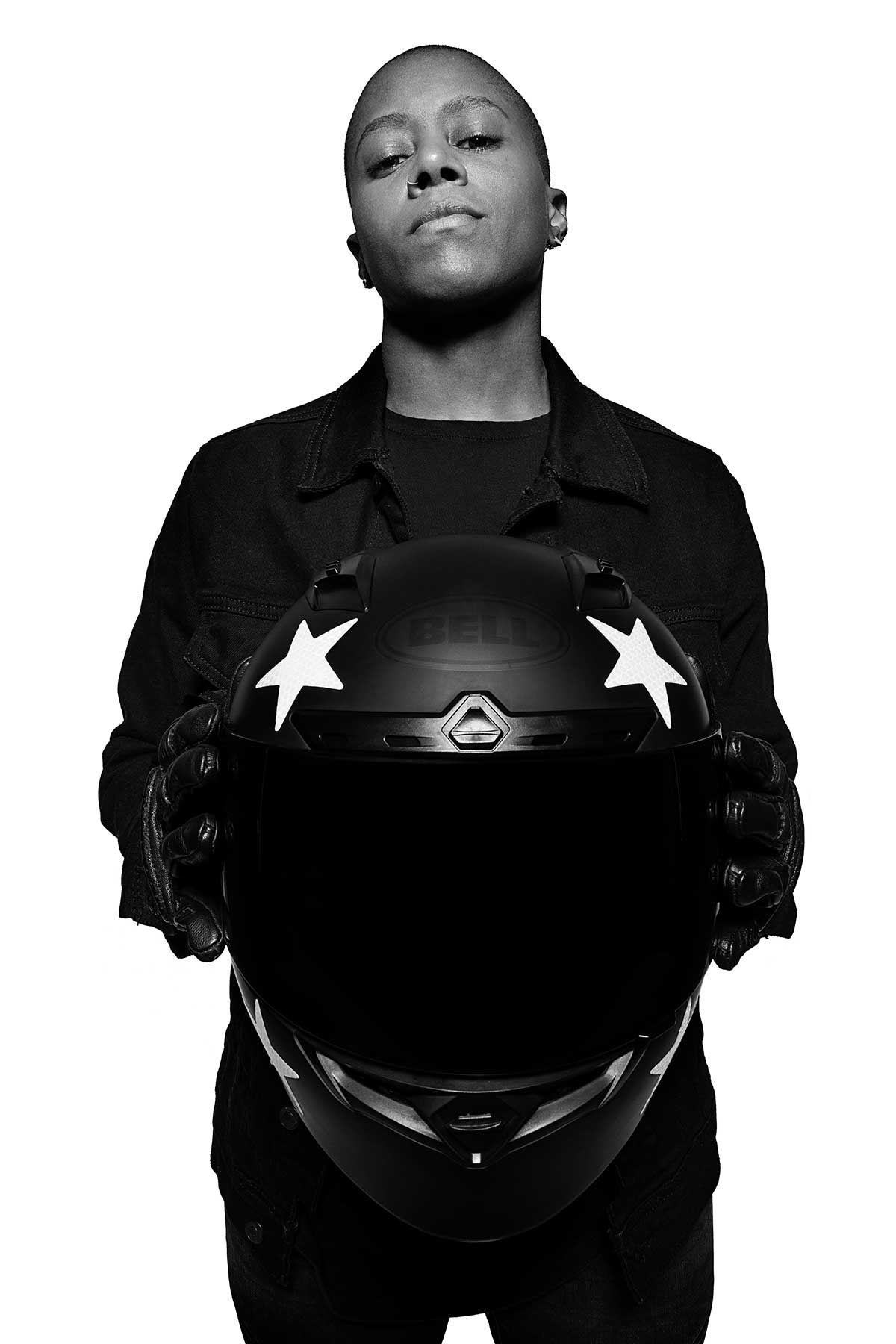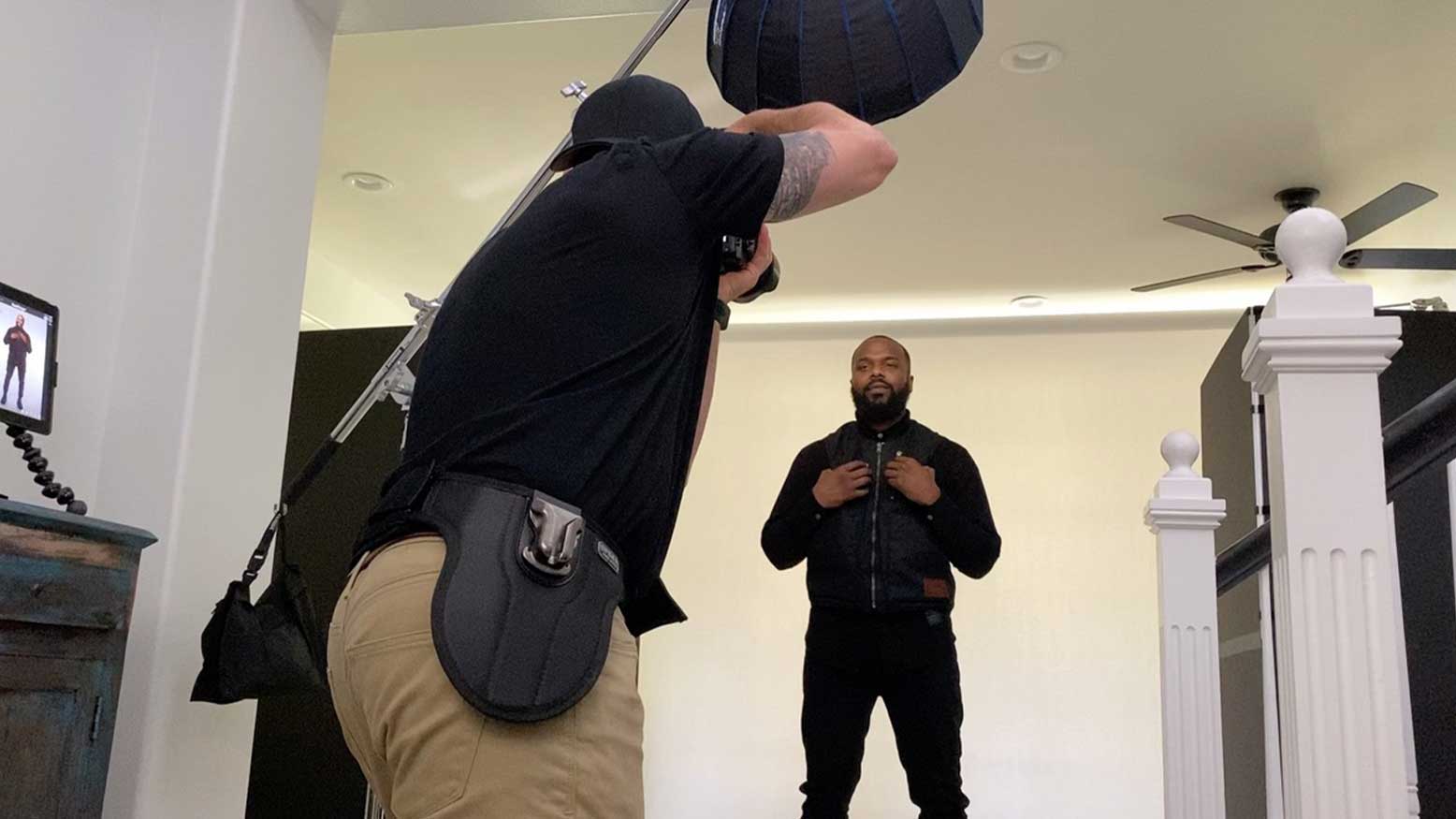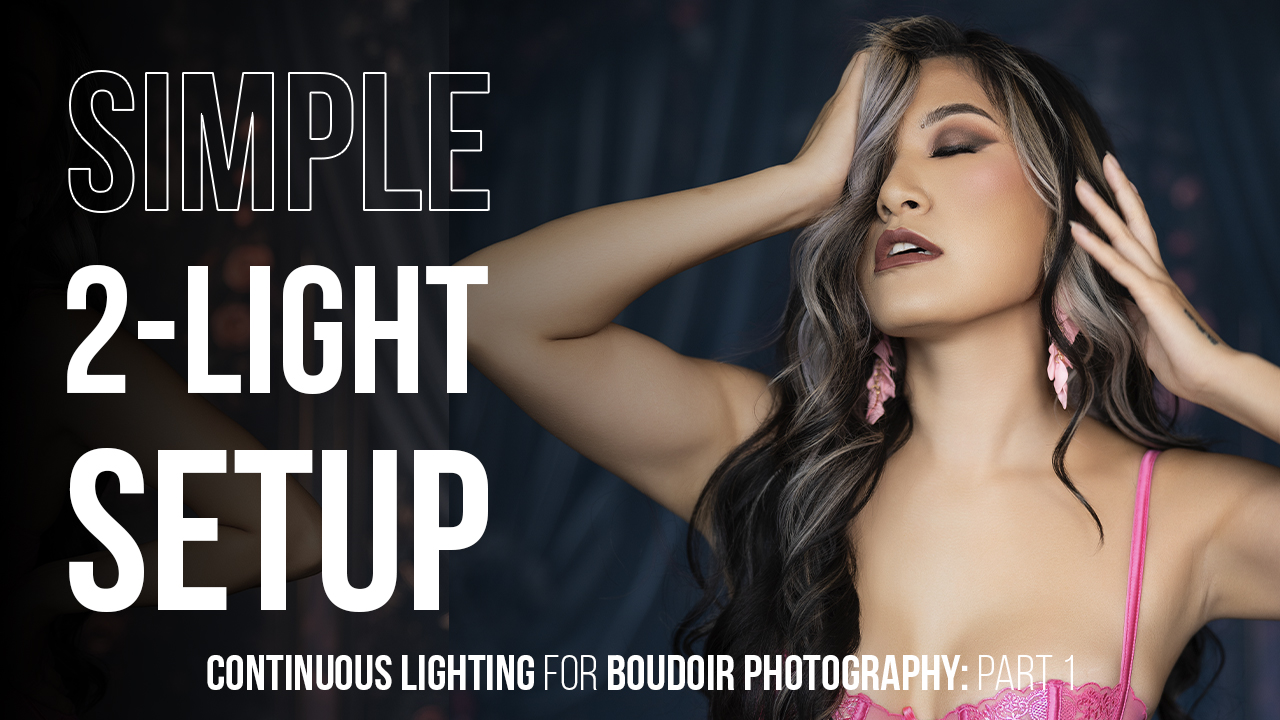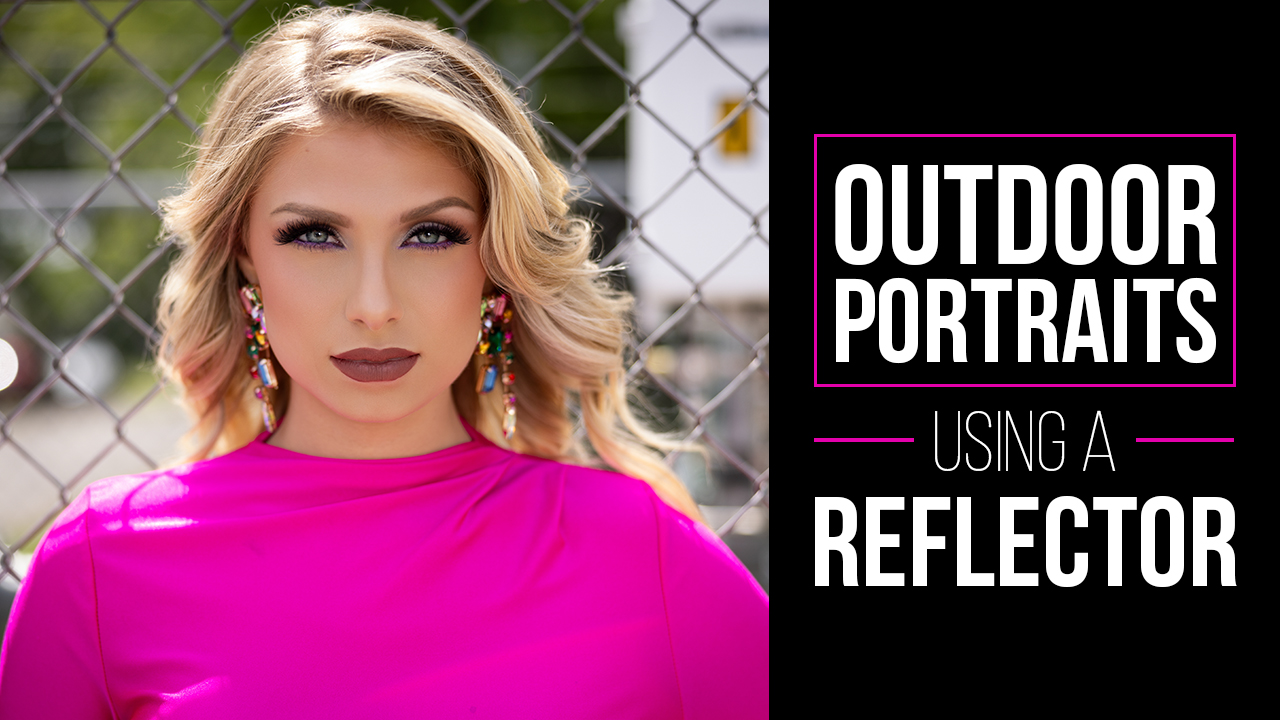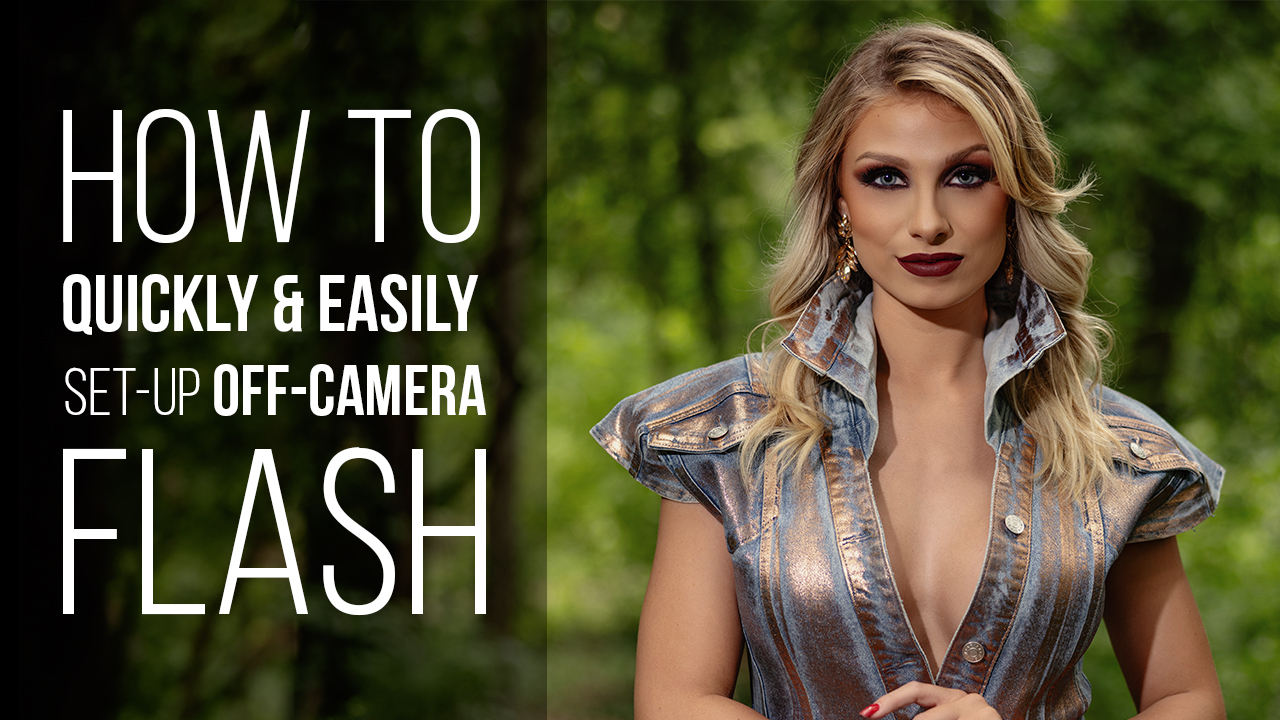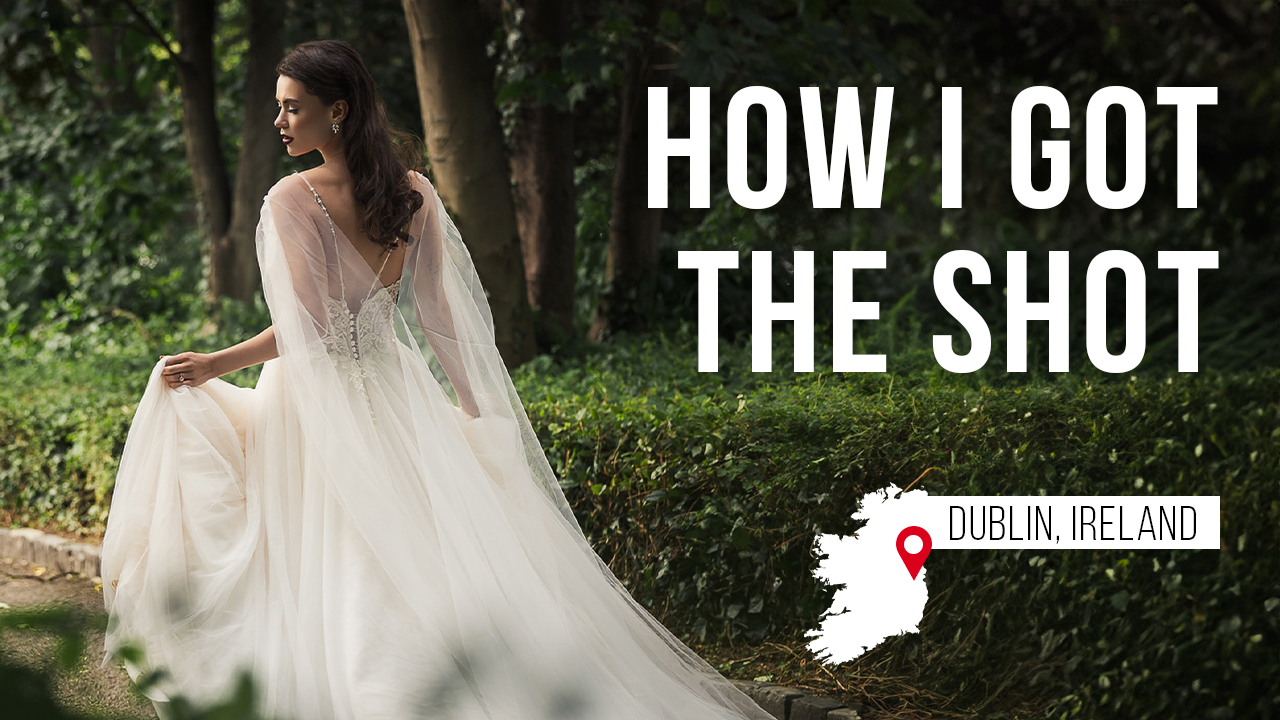Lighting Tips For Portraits with Ian Spanier
Light and story. These are the two most important factors in making great portraits. Not your camera, and although I get asked a lot, it’s not the focal length. Sure, a great camera and a great lens make a difference, but consider how even these days great pictures can be made with our phones. It’s the driver, not the car.
Light makes an image. Photography literally does not exist without it. The story, well, that is either one you are telling or you are narrating—we’ll get into that. But first, the most important: Let there be light!
When it comes to great portrait lighting (if I am creating the light in studio or on location), I always like to think simple. What is the least amount of equipment I need to get the job done? This begins with where light comes from. Where does the original light come from? Yes indeed, that big giant fireball in the sky we know of as the sun! What is the sun but one light! So, I always think “one” first. Can I do the shoot with just one light? If not, the use of multiple lights also can be kept simple. It is basically a combination of one or more of the same techniques we see from the natural world. We are just making it artificially.
Straight up, diffused, reflected, refracted, bounced, warmed-up, cooled-off, direct, indirect, specular, dull—these are all the words racing through my mind when I think about the light. If you really think about it, this is what happens in the natural world all the time! All we are really doing is recreating what we see in the natural world artificially, whether that is with a continuous light source like an LED, a speed light or powerful strobes. It is all about recreating the feel of light from the natural world.
The tools we have at our disposal are a multitude of modifiers, many of which we will cover here. Now, if natural light is your thing, then your job is to understand how natural light works. Natural light is all of those adjectives I used above… You just need to train your brain to see it in all these conditions. We can learn all we need about lighting from nature. Applying it artificially is just about the technical application of what has been provided. I trained my brain to see this all the time. I am always making mental notes of natural conditions and thinking about how I can convey that with artificial light, equating the modifiers with the variety of light conditions, which allows me to see the light, even inside a blank studio.
Story should NEVER be overlooked when it comes to portraits. It goes hand-in-hand with lighting. What is the story you are telling with your portrait? This is the question to ask yourself each and every time. Is it a thoughtful image? A hard-core, in-your-face portrait? A poppy and fun portrayal? A dark and moody mysterious capture? And so on. Light has a feel, it’s what we see day in and day out in television and movies. The great directors all use light to push the narrative of the story they are telling—so why shouldn’t you? You are the director of your shoot after all!
